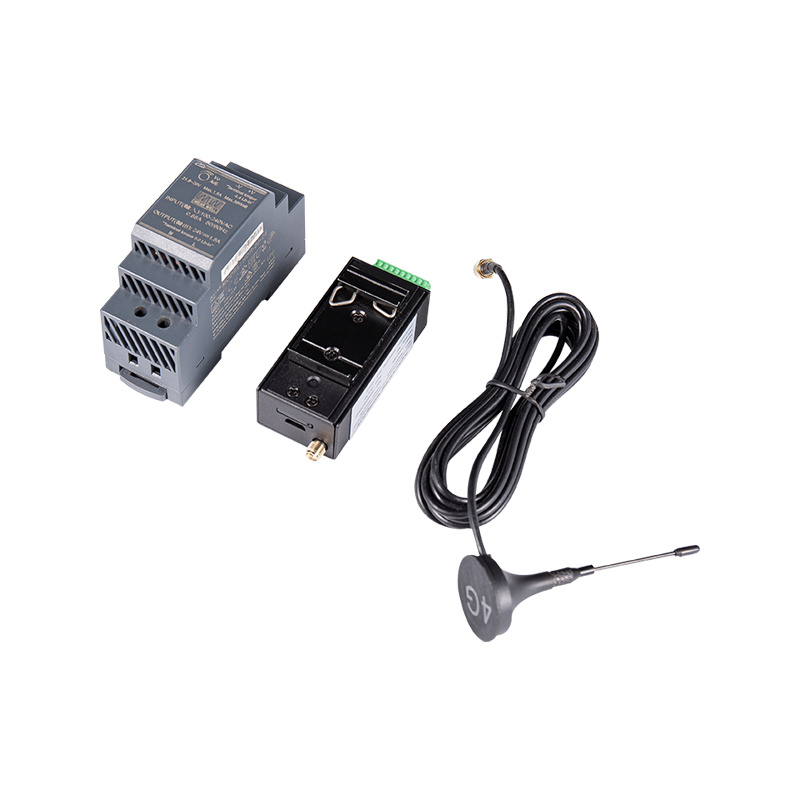Author: Admin
Date: May 16, 2024
Accuracy of Wireless Temperature Monitoring Devices: Core to Ensuring Data Accuracy
In the world of wireless temperature monitoring device, accuracy is undoubtedly a key factor in device design and application. Whether it is temperature control in industrial production, temperature monitoring in cold chain logistics, or even temperature adjustment in smart homes, accurate and reliable temperature data are required to guide decision-making. Therefore, wireless temperature monitoring devices must have high-precision temperature sensing capabilities to ensure data accuracy.
A high-quality temperature sensor is the basis for accuracy. As the core component of the device, the performance of the sensor directly affects the accuracy of the data. Therefore, when selecting a sensor, key indicators such as its measurement range, accuracy, and response time must be considered. Only high-quality sensors that have been rigorously screened and tested can provide accurate and stable temperature data for the device.
Precise calibration and testing are necessary to ensure device accuracy. During the production process, each device needs to undergo rigorous calibration and testing to ensure the accuracy of its measurement results. This includes performing calibrations at multiple temperature points, checking the deviation of the device's output from the standard temperature, and making necessary adjustments. Through precise calibration and testing, the unit can be ensured to provide accurate temperature data under a wide range of temperature conditions.
In order to further improve the accuracy of the device, some advanced technologies and algorithms can also be used. For example, digital filtering technology is used to eliminate noise and interference and improve the signal-to-noise ratio of data; temperature compensation algorithms are used to correct errors caused by changes in ambient temperature; machine learning algorithms are used to preprocess and analyze temperature data to extract more detailed information. value information. The application of these technologies and algorithms can further improve the accuracy and reliability of the device.
Accuracy is only one aspect of wireless temperature monitoring device design. In practical applications, other factors such as real-time performance, ease of use, maintainability, etc. need to be considered. Only by comprehensively considering these factors can we design a wireless temperature monitoring device that truly meets user needs.
Accuracy is an important consideration in the design of wireless temperature monitoring devices. The device needs to have high-precision temperature sensing capabilities to ensure data accuracy. This requires that the device uses high-quality temperature sensors and is accurately calibrated and tested. Only accurate data can provide users with a reliable reference and help them make correct decisions.
A high-quality temperature sensor is the basis for accuracy. As the core component of the device, the performance of the sensor directly affects the accuracy of the data. Therefore, when selecting a sensor, key indicators such as its measurement range, accuracy, and response time must be considered. Only high-quality sensors that have been rigorously screened and tested can provide accurate and stable temperature data for the device.
Precise calibration and testing are necessary to ensure device accuracy. During the production process, each device needs to undergo rigorous calibration and testing to ensure the accuracy of its measurement results. This includes performing calibrations at multiple temperature points, checking the deviation of the device's output from the standard temperature, and making necessary adjustments. Through precise calibration and testing, the unit can be ensured to provide accurate temperature data under a wide range of temperature conditions.
In order to further improve the accuracy of the device, some advanced technologies and algorithms can also be used. For example, digital filtering technology is used to eliminate noise and interference and improve the signal-to-noise ratio of data; temperature compensation algorithms are used to correct errors caused by changes in ambient temperature; machine learning algorithms are used to preprocess and analyze temperature data to extract more detailed information. value information. The application of these technologies and algorithms can further improve the accuracy and reliability of the device.
Accuracy is only one aspect of wireless temperature monitoring device design. In practical applications, other factors such as real-time performance, ease of use, maintainability, etc. need to be considered. Only by comprehensively considering these factors can we design a wireless temperature monitoring device that truly meets user needs.
Accuracy is an important consideration in the design of wireless temperature monitoring devices. The device needs to have high-precision temperature sensing capabilities to ensure data accuracy. This requires that the device uses high-quality temperature sensors and is accurately calibrated and tested. Only accurate data can provide users with a reliable reference and help them make correct decisions.





